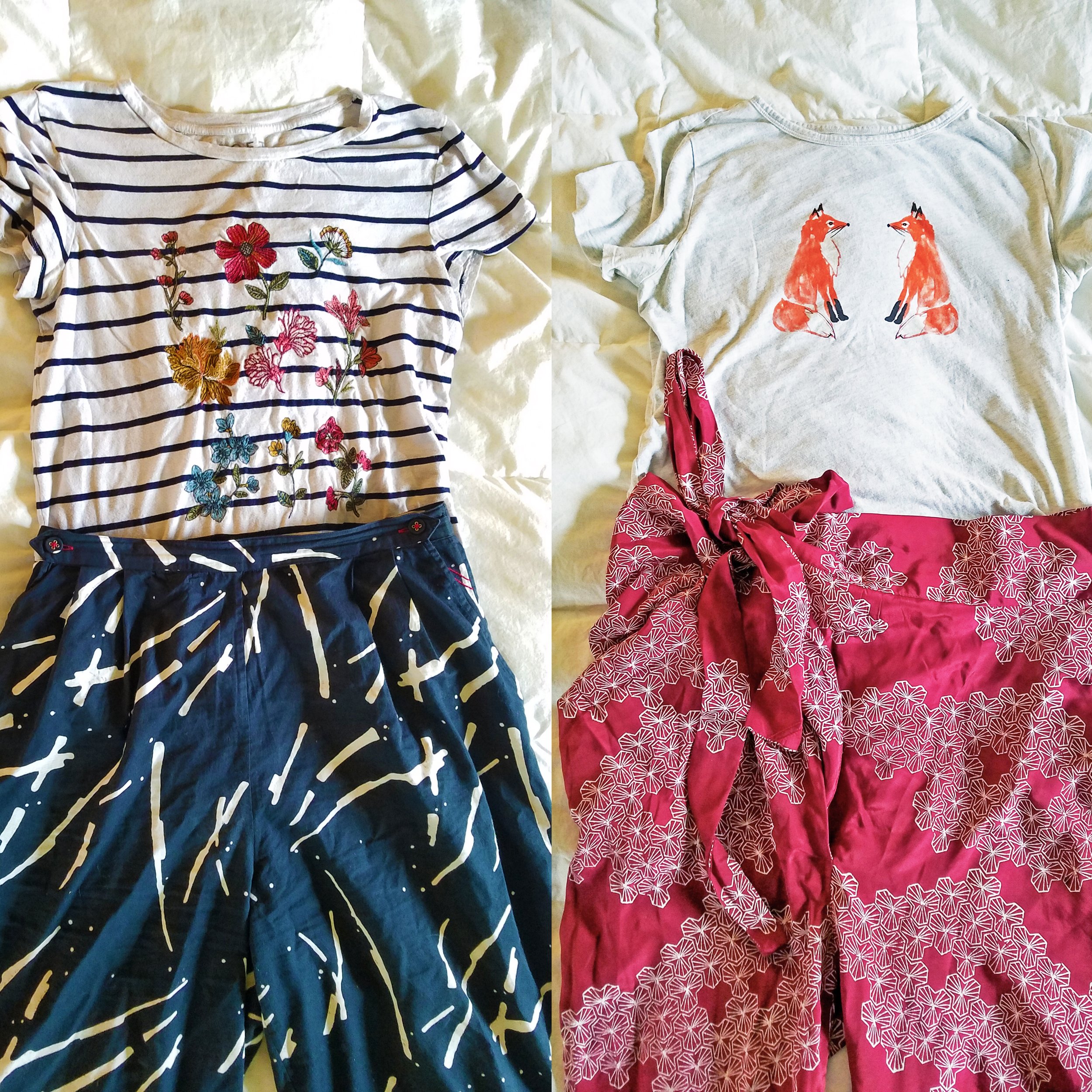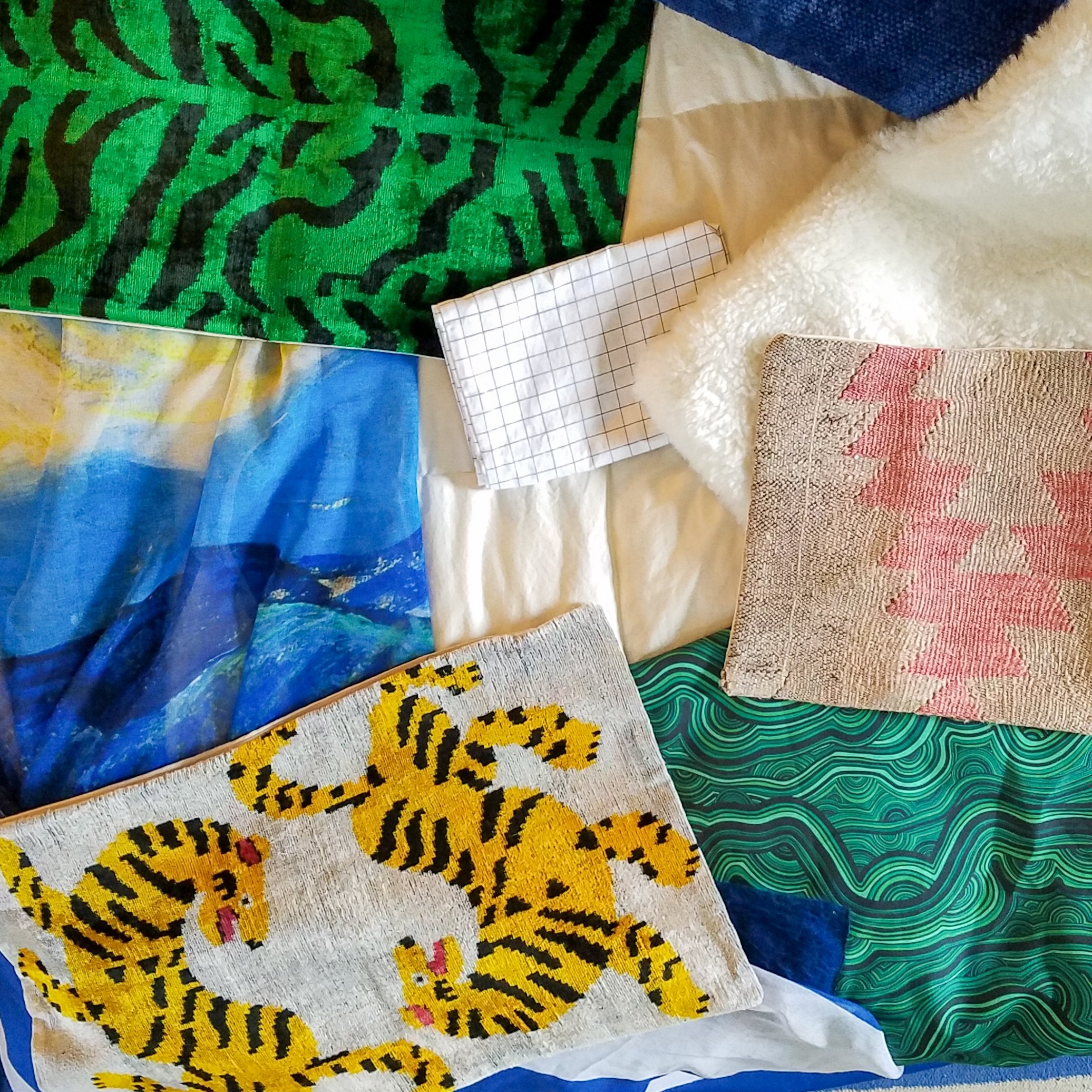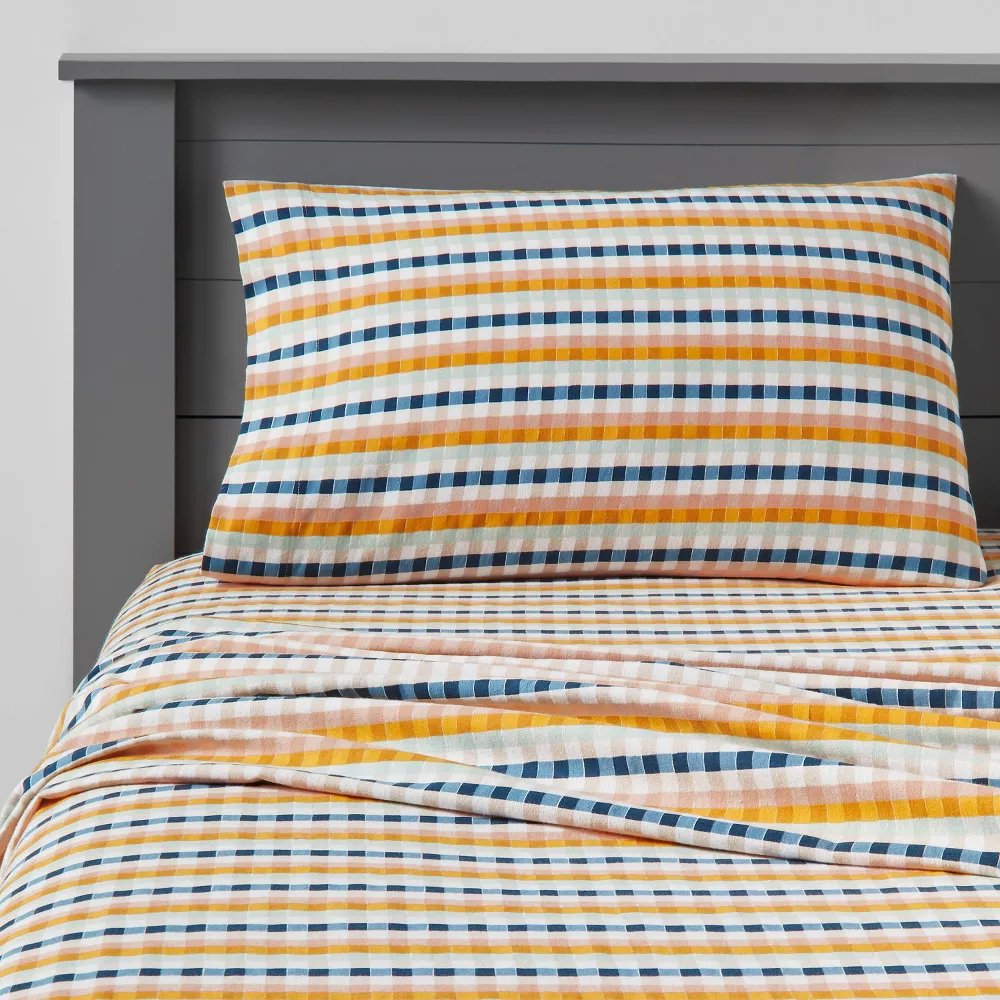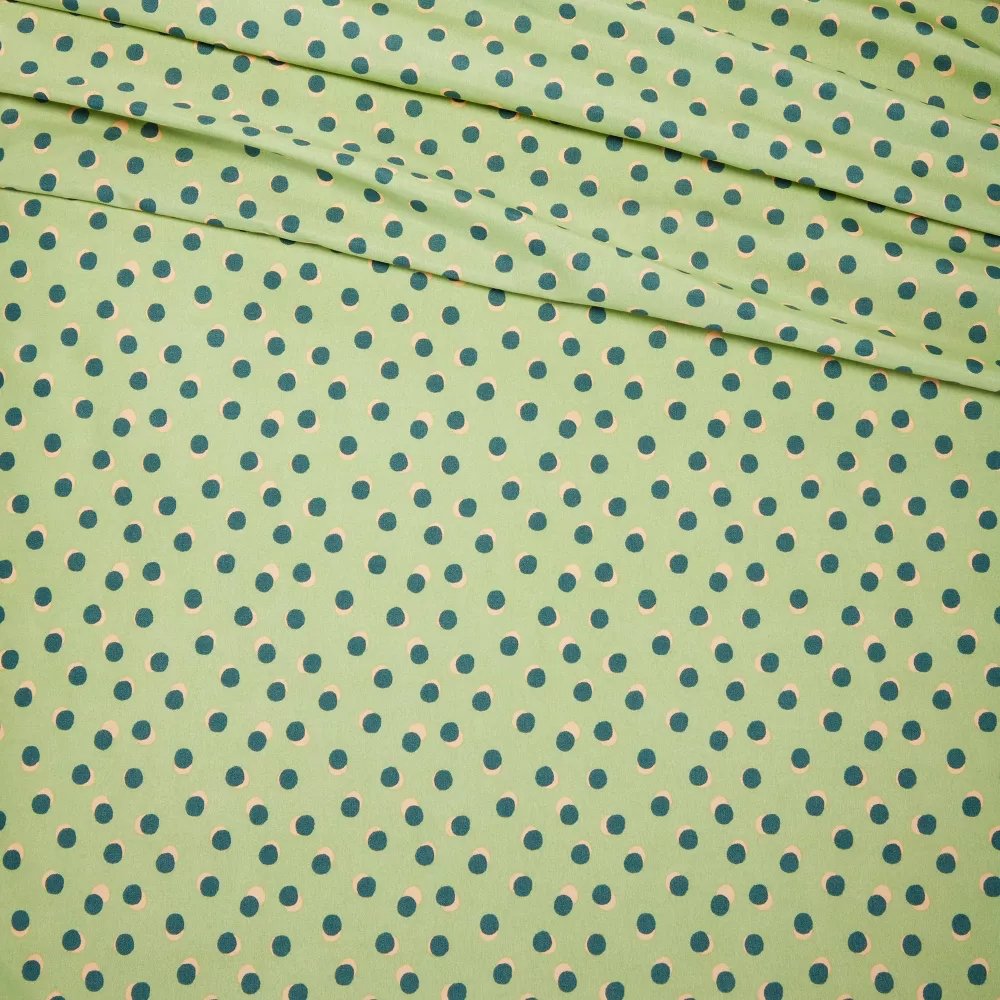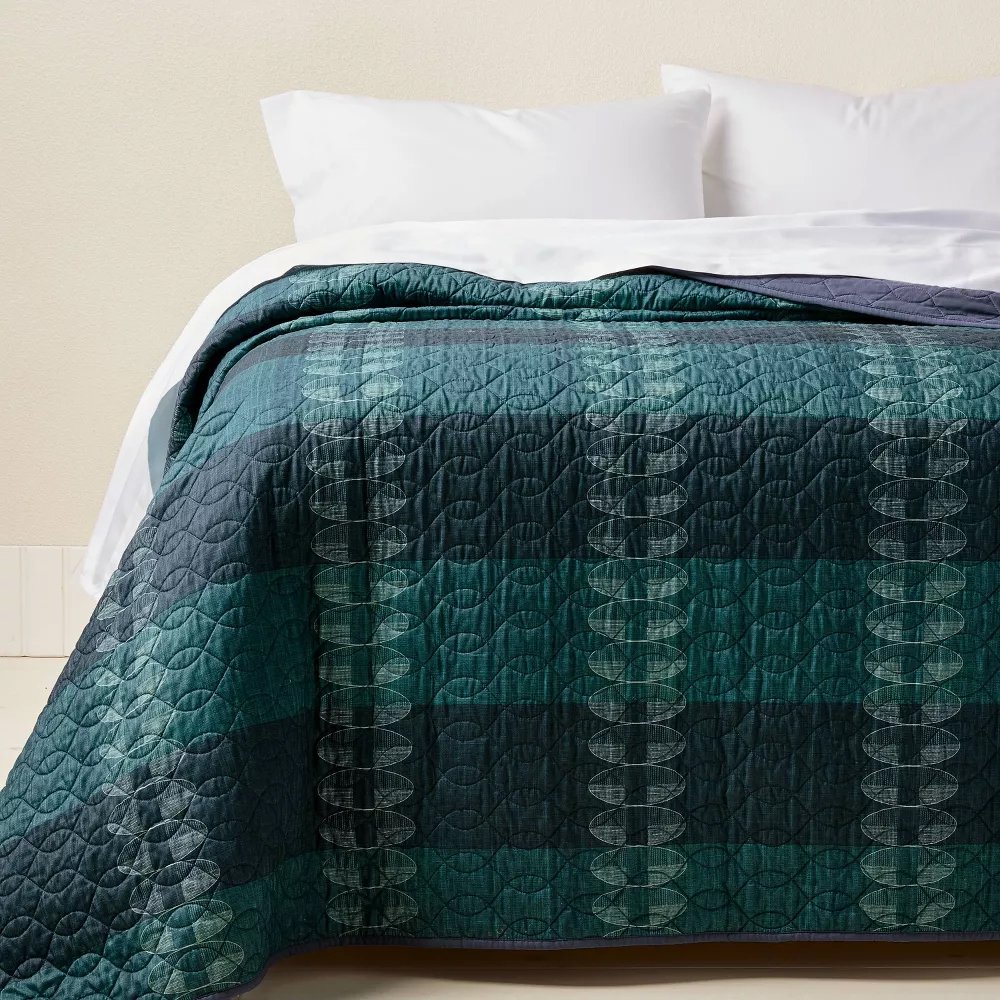Playing With Pattern
One of my favorite parts of any new project is pattern mixing. It’s a process that used to elude me, and now I find playing and experimenting with pattern to be an exercise I look forward to and have so much fun with! I’m going to share some of the things that I consider to help keep my pattern play fun and whimsical without venturing into the realm of visual chaos.
I’ll reiterate a common theme over here - there are no hard-set rules. If you love something and it’s jiving for you in your own home, go for it! You deserve to surround yourself with things that you love, and we all have different tastes when it comes to finding the right balance. I used to be very minimal with pattern, mostly because I didn’t feel confident with how to bring it into my home in the right way. After an epiphany that I wear multiple patterns in my wardrobe together all the time, the whole pattern mixing process for interiors was demystified! It’s been a blast ever since.
These mix and match considerations are what help me when I’m finding patterns to pair, and serve as a set of guidelines that I can tweak as needed for each space:
Linen Textured Blackout Curtains
Play With Texture. Texture is like a tiny pattern! These new curtains in the room have a large scale gingham pattern, and the linen texture of the curtain creates almost a smaller directional pattern with the fibers. This pattern is more subtle, and has a scale of its own. When mixing and matching patterns, pay attention to materials and textures, as you’ll want some variety in this area too if your patterns are all going to work together. If everything is velvet, even a variety of patterns can feel one-note. Varying your textures will help move your eye from piece to piece. In this little corner I have cotton, linen, microfiber, faux fur, silk, and chenille fabric. If you’re new to pattern play or prefer a more neutral palette, this can be a fun way to explore pattern in a subtle way.
Cotton lightweight quilt, microfiber blanket, cotton sheets and pillowcases, linen pillowcase, faux fur pillowcase, chenille chair
2. Play With Scale. That “too busy” feeling when pattern mixing goes wrong can often happen when patterns compete with each other. When every pattern has the same scale, it also has the same visual weight - your eye doesn’t know where to focus. One sure way to avoid this dizzying feeling is to vary the size and proportion of your patterns throughout your space. Have a small ditzy floral and want to add a stripe? Small stripes will compete, where thick stripes will hold their own. Have a polka dot pattern? Make sure your other patterns don’t have the same spacing as those dots. Have a floral with very little blank/background space? Pair it with a pattern that leaves some negative space. I try to have at about 3 different scales of patterns in one space, though in true broken record fashion I have no hard-fast rules.
3. Play With Pattern Type. A nice formula for pattern mixing is to try a few different types of patterns, keeping in mind to vary the scales. Try to pick three and see how they feel - stripes, geometrics, plaid, florals, polka dots, animal print, you name it! Choose one in a small scale, one in a mid-scale, and one in a large scale. A classic stripe goes a long way to anchor other patterns, and the same can be said for black and white patterns, tone on tone patterns, and geometrics. In this space, this is the rule I am breaking. I am going floral on floral on floral over here, and it is a BIG leap for me! I know I’m going creature-heavy on art, so I am leaning into all the florals when it comes to textiles for this naturalist inspired room. I’m treating this tulip bedsheet like I would treat a mid-scale polka dot. It has the same kind of proportions and it just makes me smile! In the end, that’s the most important factor. This bedding feels SO special. I have been swooning over this small biz for years, and it finally felt like the time to support them. And the entire Castle website is practically a masterclass in pattern mixing. It’s heavenly.
I had a bit of sticker shock at first, until I remembered the exchange rate between AUD and USD - phew! This luxurious bedding set, including 3 pillowcases and what I consider to be an heirloom quality bedspread were about $340 in total. My backup sheets are from Target, two sets of layered polka dots and a colorful stripey plaid flannel set for winter. I also have a backup bedspread from the Jungalow line at Target. Altogether my backups, which I used while waiting for the primary bedding to come in, totaled $127. I don’t have this many backup sets for my own bed, but somehow when kids need backups they need them all at the same time. Better safe than sheetless! I plan to mix and match them with the luxe bedding as needed.
*Please note that none of these items are sponsored, and links are not affiliate. References are included for your convenience
4. Play With Color. Colors don’t clash, they vibrate! Sometimes colors can mesh in the best ways when they vibrate against one another. The tulip sheet set is the perfect example of that for me. Let the mood of your space dictate whether a little vibration will add the right energy to your pattern mixing. Color is a wonderful ride, and if you’ve been here a while you know that I don’t shy away from bright colors. In my daughter’s room, I’m embracing the joyful energy of color in these patterns, as it suits her creative, budding junior naturalist spirit. I’m even getting on board with a bit of purple, which is the color I use the LEAST in my interiors. If neutral is your vibe, playing in monochrome can be a wonderful color exercise! Pump up the texture and dimensionality of your patterns, and think about adding some black and white to ground your space.
What are your favorite patterns to play with? Do you love a good color vibration or are you all about that monochrome?
Be sure to check out all the other amazing transformations going on over at www.oneroomchallenge.com/orc-blog !
Check out The Glad Suite on Instagram to see behind the scenes of ORC (and other) shenanigans!


